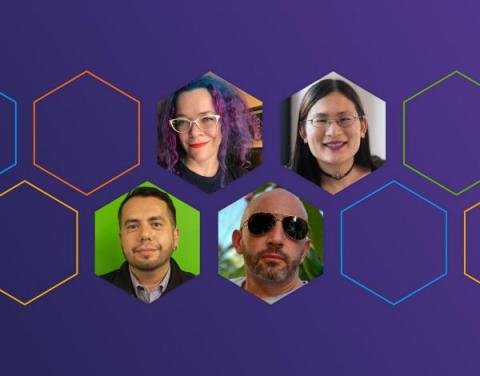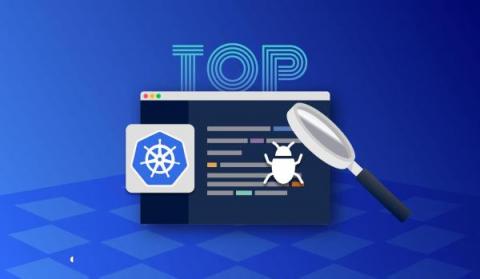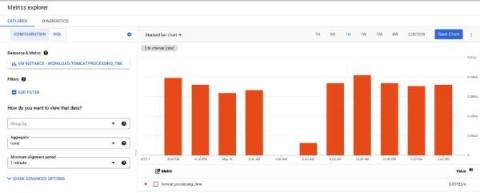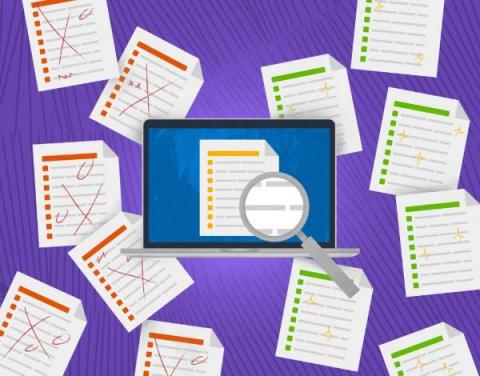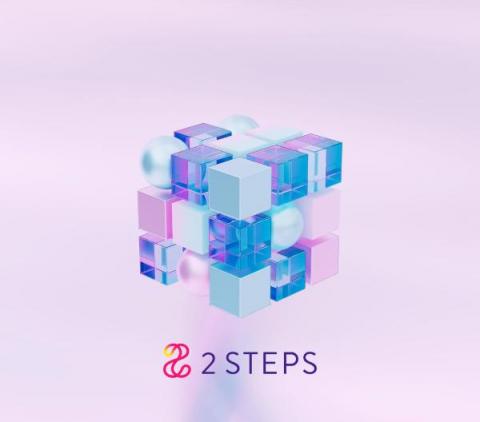Operations | Monitoring | ITSM | DevOps | Cloud
Observability
The latest News and Information on Observabilty for complex systems and related technologies.
Authors' Cut-Actionable SLOs Based on What Matters Most
SLOs—or Service Level Objectives—can be pretty powerful. They provide a safety net that helps teams identify and fix issues before they reach unacceptable levels and degrade the user experience. But SLOs can also be intimidating. Here’s how a lot of teams feel about them: We know we want SLOs, we’re not sure how to really use them, and we don’t know how to debug SLO-based alerts. Don’t worry, we’ve got your answer—observability!
Top 5 Debugging Tips for Kubernetes DaemonSet
Kubernetes is the most popular container orchestration tool for cloud-based web development. According to Statista, more than 50% of organizations used Kubernetes in 2021. This may not surprise you, as the orchestration tool provides some fantastic features to attract developers. DaemonSet is one of the highlighted features of Kubernetes, and it helps developers to improve cluster performance and reliability.
Yotpo Testimonial
observIQ Announces General Availability of Open Source Observability Solution BindPlane OP
Understanding monitoring and observability
Roaming in the world of cloud technology not only helps you take a glance at the realm of cutting-edge technology but also helps you get familiar with concepts such as monitoring and observability. This article will cover an introduction to monitoring and the need for monitoring applications. From here, we will look at how you can utilize the data received when monitoring an application. This will allow us to understand how the concept of observability fits in with monitoring.
Monitoring Unit Tests with OpenTelemetry in .NET
In this post, we’ll look at how you can use OpenTelemetry to monitor your unit tests and send that data to Honeycomb to visualize. It’s important to note that you don’t need to adopt Honeycomb, or even OpenTelemetry, in your production application to get the benefit of tracing. This example uses OpenTelemetry purely in the test project and provides great insights into our customer’s code. We’re going to use xUnit as the runner and framework for our tests.
Migrating Monoliths to Microservices in Practice
There have been amazing articles on the subjects of migrating from a monolith to a microservice architecture e.g. this is probably one of the better examples. The benefits and drawbacks of the architectures should be pretty clear. I want to talk about something else though: the strategy. We build monoliths since they are easier to get started with. Microservices usually rise out of necessity when our system is already in production.
Modern Observability and Digital Transformation
For most businesses, effective digital transformation is a key strategic objective, and as computing infrastructure grows in complexity, end-to-end observability has never been more important to this cause. However, the amount of data and dynamic technologies required to keep up with demand only continues to increase, and current tools are not equipped to handle it- with any discrepancies resulting in rising costs and reduced competitiveness.
Send a Test Span Through an OpenTelemetry Collector
The scenario: you want to see distributed traces, maybe for your web app. You’ve set up an OpenTelemetry collector to receive OTLP traces in JSON over HTTP, and send those to Honeycomb (how to do that is another post, and we’ll link it here when it’s up).



